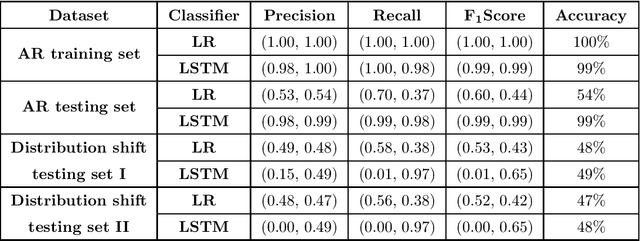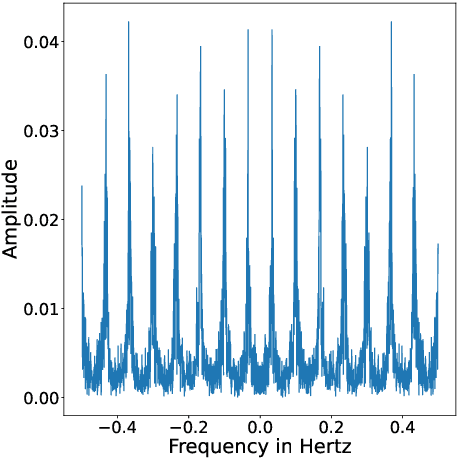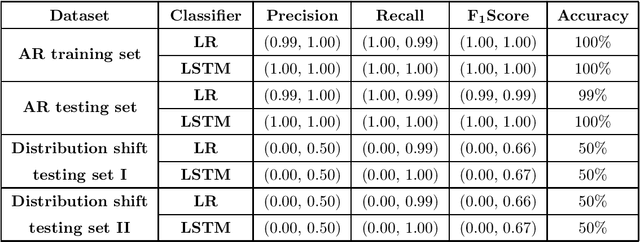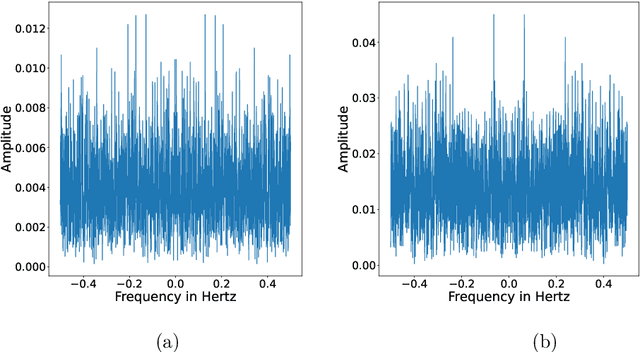Learning Generalized Causal Structure in Time-series
Paper and Code
Dec 06, 2021



The science of causality explains/determines 'cause-effect' relationship between the entities of a system by providing mathematical tools for the purpose. In spite of all the success and widespread applications of machine-learning (ML) algorithms, these algorithms are based on statistical learning alone. Currently, they are nowhere close to 'human-like' intelligence as they fail to answer and learn based on the important "Why?" questions. Hence, researchers are attempting to integrate ML with the science of causality. Among the many causal learning issues encountered by ML, one is that these algorithms are dumb to the temporal order or structure in data. In this work we develop a machine learning pipeline based on a recently proposed 'neurochaos' feature learning technique (ChaosFEX feature extractor), that helps us to learn generalized causal-structure in given time-series data.
 Add to Chrome
Add to Chrome Add to Firefox
Add to Firefox Add to Edge
Add to Edge